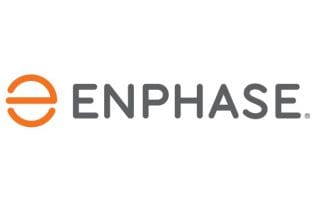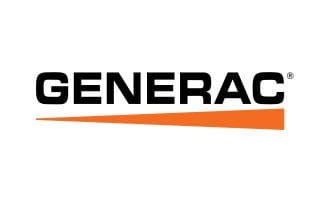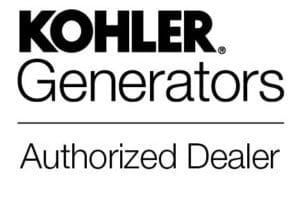Residential Solar Installation
Arizona is one of the best states in the country for solar energy! You can generate clean, renewable energy year-round with solar panels in Arizona, slashing your electricity costs and your carbon footprint.
Local Solar Installers Born & Based in Phoenix, AZ
SouthFace Solar & Electric is the solar company Arizona homeowners trust. We’re a locally owned and operated company that was born in Phoenix in 2008, and we’ve been installing solar panels for houses throughout the state ever since.
Our solar consultants go above and beyond to teach you about the ins and outs of solar power during a free no-pressure consultation. We will answer all of your questions and address all of your concerns.
Our in-house expertise in solar system sizing and residential solar system installation ensures we come up with the best solution for the energy goals you have for your home. And because all of our installers work for us in-house, we can guarantee a higher quality of work and a seamless end-to-end process.
Over 16 years of experience
Locally owned and operated
In-house installers
Free consultations and estimates
Rooftop, Off-Grid, Ground-Mounts—We Do It All!
Does your house look exactly the same as your neighbor’s? Does your family behave like theirs? Of course not. So why should your solar system be the same? SouthFace Solar & Electric installs fully custom solar power systems designed around you. We specialize in complex and aesthetically pleasing systems that maximize electricity generation and look great on your home.
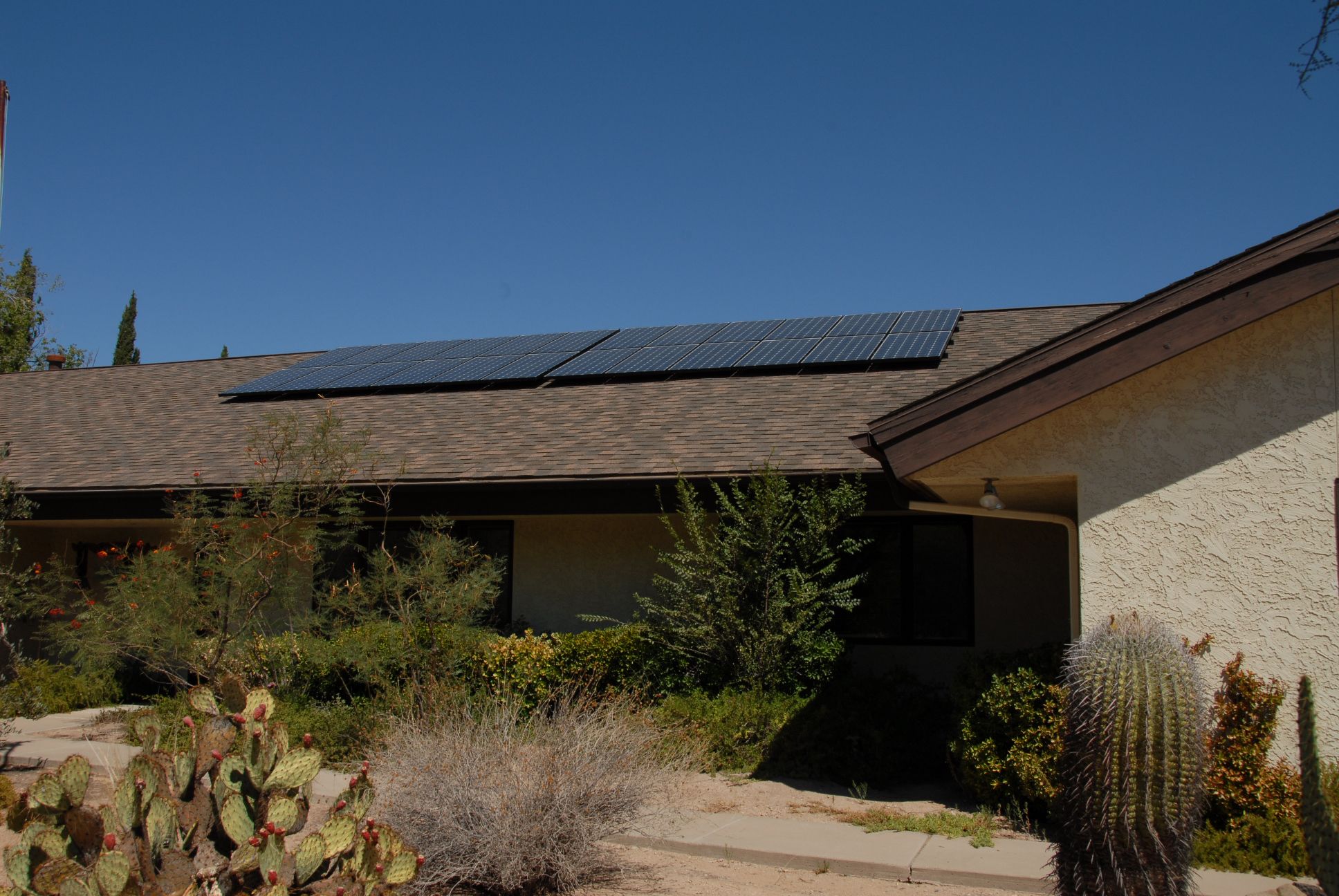
Rooftop solar panels
We install on all roof types and can design a system that blends into your home’s architecture.
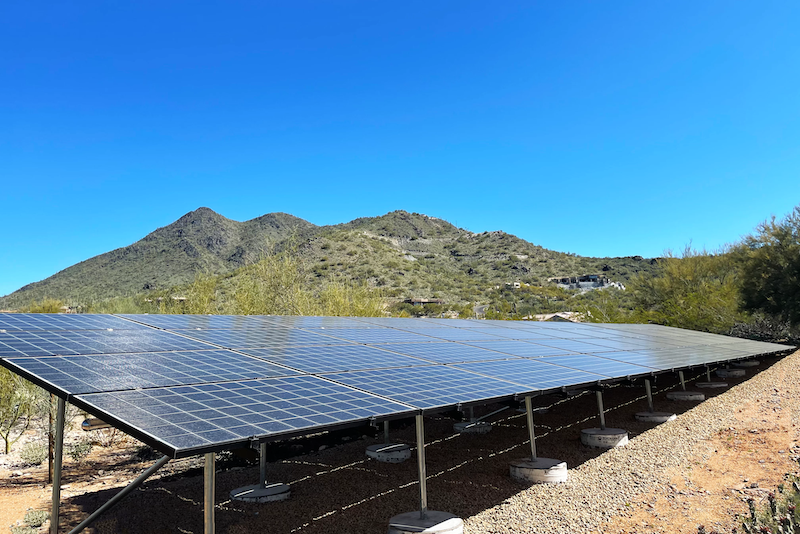
Don’t have a good roof for solar? Not a problem. We can install ground-mounts on most properties.
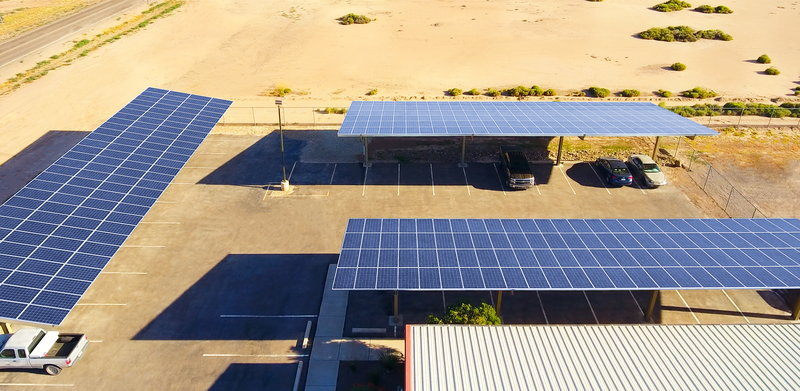
Get double functionality with a solar carport, pergola, or shade cover.
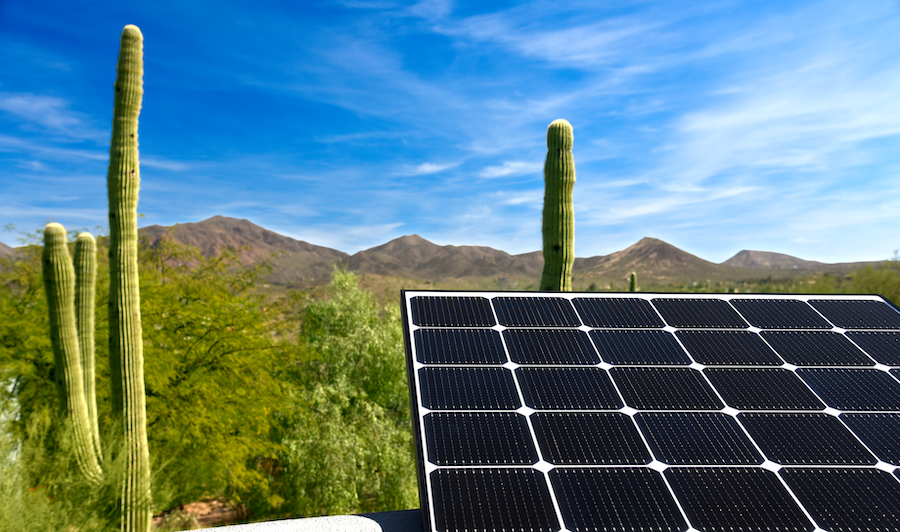
Want to be completely self reliant? We can help you get off the grid with solar!
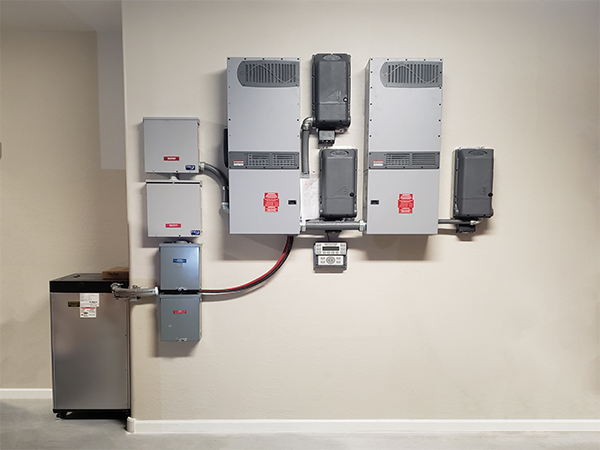
Keep your power on during an outage with solar plus battery backup.
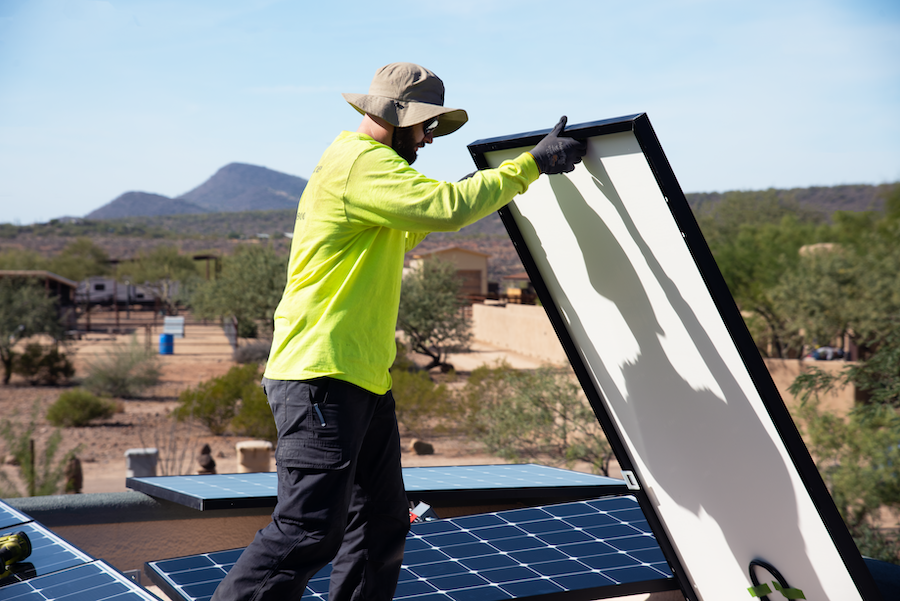
Need help with inverter troubleshooting or damaged panels? We offer comprehensive maintenance and repair services for all solar panel systems, even those we did not originally install.
Solar Incentives & Low-Interest Financing
There has never been a better time to install solar panels for your home in Arizona! Excellent solar incentives are currently available that significantly reduce the cost of solar panel ownership.
- $1,000 Arizona state solar tax credit
- Sales and property tax-exempt
- Low APR financing available with little money down
Get the Best Solar Panels & Products for Your Home
We install a wide range of high-quality solar products and will recommend the best fit for your needs and budget.
Your Solar Partner for Life!
Solar panels are an investment that lasts for decades. SouthFace Solar & Electric is a partner that you can rely on for your system’s entire lifespan. We are not ‘here today, gone tomorrow’—we’re an established Arizona solar company that’s deeply embedded in the community and will always be available to assist you.
If you have questions in the days, months, or even years following your home solar installation, all you have to do is pick up the phone and we will send a technician out to help.

